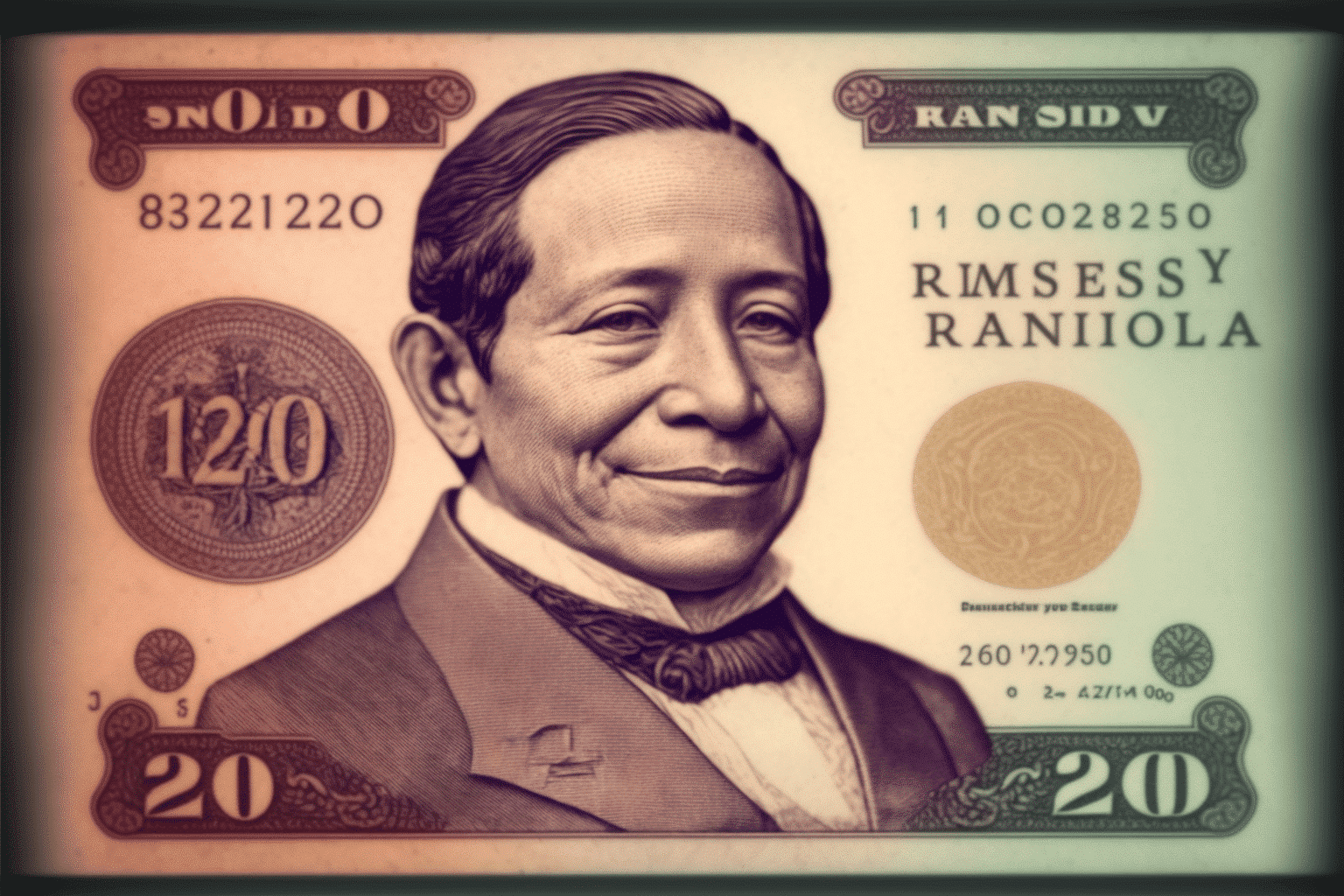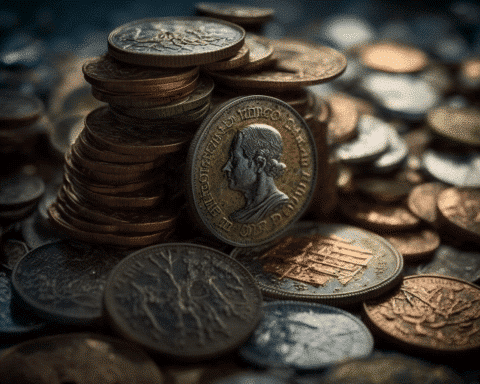The Mexican peso has exceeded 19 units per dollar for the first time in three years, currently trading at 18.97 pesos per US dollar, its strongest level since February 2020.
The Mexican peso broke through the 19 pesos per dollar barrier on Wednesday, reaching levels not seen in three years. The currency traded at 18.979 per dollar, with a gain of 0.36%, its strongest level since February 2020.
Mexico’s peso has been strengthening and crossing this key barrier on Wednesday, helping to extend last year’s gains for the most traded currency in Latin America.
This upward movement in the Mexican currency was registered shortly after the release of important data, specifically the inflation rate in the United States, which is set to be released on Thursday and is currently drawing attention from the global financial market.
Mexico’s combination of high-interest rate increases, a stable market, and record levels of remittances – with the country receiving over $53 billion from January to November of last year – made the peso a top choice among currency investors in 2020, and the trend continues in 2023.
The Mexican peso, the second most liquid currency among emerging currencies after the Chinese renminbi, is easily tradable in global financial markets 24/5, making it a favourite among traders seeking to invest in or against emerging countries.
Gabriela Siller, Director of Economic Analysis at Grupo Financiero Base, explained in her report that the appreciation of the Mexican currency is associated with optimism as the end of high inflation in the United States and interest rate increases are becoming visible.
“The US inflation data will be released tomorrow, and the market is expecting it to continue to decline, which means that the Fed may not need to raise rates as aggressively this year,” she said.
The Mexican currency closed the exchange rate in 2022 with an annual appreciation of 4.87% compared to 2021, making it the best recovery of the currency since 2012 when the peso appreciated 7.89%, according to information from Banco de México (Banxico). The last time the Mexican peso was close to this level was in February 2020, prior to the outbreak of the coronavirus pandemic, when it traded at 18.94 units.
According to a survey conducted by CitiBanamex among 30 institutions last week, the consensus of analysts predicts that the Mexican peso will end this year at 20.50 wholesale units.
The Mexican Stock Exchange has also seen positive results, with the benchmark stock index reporting an increase of 2.15% on Wednesday to reach 53,467.79 points, reaching levels not seen since April of last year.
The stock market has been on an upward trend for eight consecutive sessions, extending its positive streak and making it one of the best-performing among the major stock markets in the world since the start of 2023.
The Mexican peso has fluctuated in value against the US dollar over the years. Historically, the peso has faced periods of depreciation, where the value of the peso decreases relative to the dollar, and periods of appreciation, where the value of the peso increases relative to the dollar.
There have been several factors that have affected the value of the peso over the years. Economic and political instability in Mexico and fluctuations in global commodity prices have often led to the peso’s depreciation. Additionally, changes in US monetary policy, particularly changes in interest rates, can also affect the value of the peso.
In the last decade, the peso has experienced a period of depreciation, particularly during the low oil prices that began in 2014. The peso hit a record low of around 22 pesos per dollar in 2017.
In recent years, the peso has appreciated relative to the dollar, driven by a more stable economic and political environment in Mexico and a rebound in oil prices. The Mexican central bank has also raised interest rates, making the peso more attractive to investors. The peso has strengthened since the end of 2020, being one of the best-performing currencies globally in 2021 and so far in 2022.
The value of the Mexican peso in relation to the US dollar has fluctuated over the years, with various factors such as economic and political instability, fluctuations in global commodity prices, and changes in US monetary policy affecting its value.
In recent years, the peso has experienced periods of depreciation and appreciation, with the peso hitting a record low of around 22 pesos per dollar in 2017. It has recently been strengthened since the end of 2020.
The Mexican central bank has raised interest rates, making the peso more attractive to investors, and being one of the best-performing currencies globally in 2021 and so far in 2022. The Mexican stock market has also had good results, with an increase of 2.15% on Wednesday and an upward trend for eight consecutive sessions, making it one of the best-performing among the major stock markets in the world since the start of 2023.




